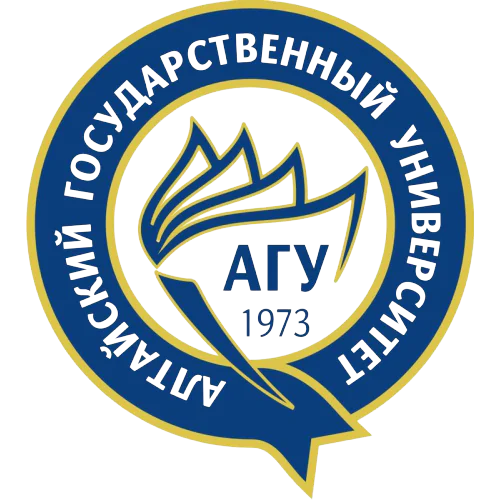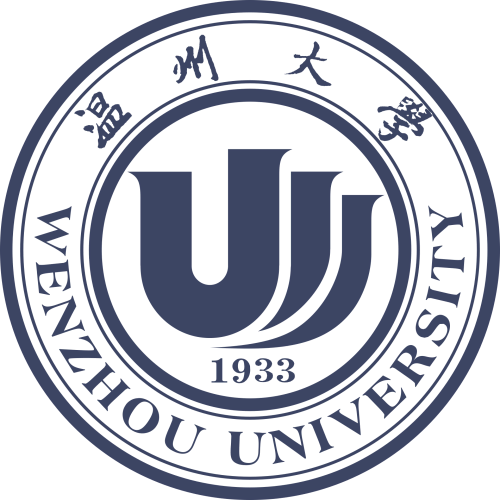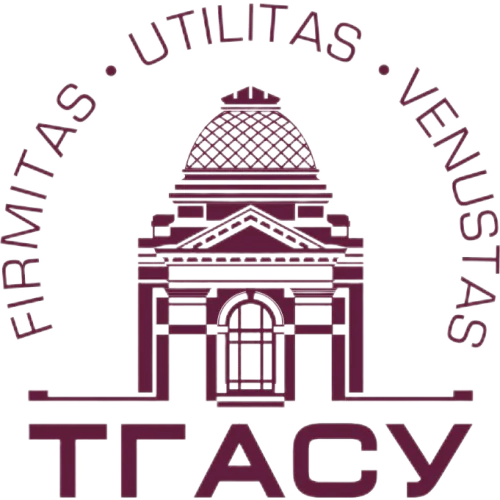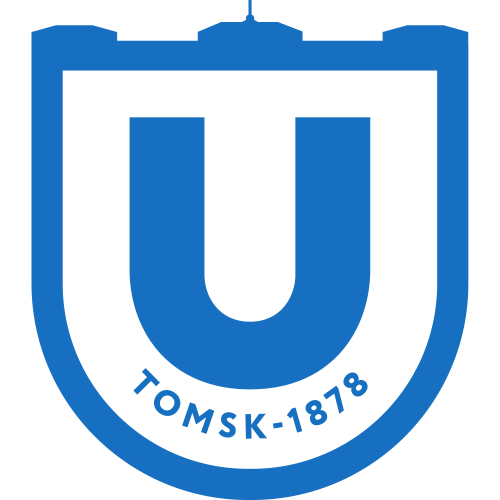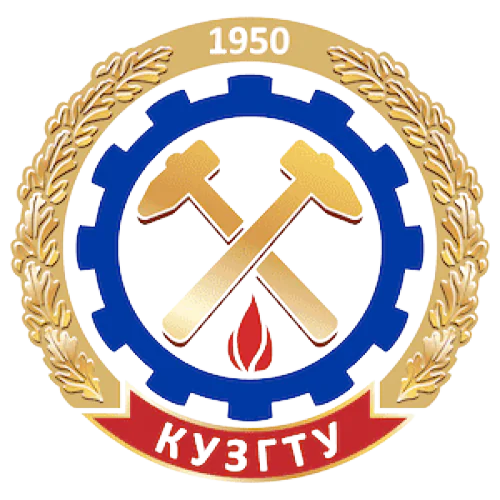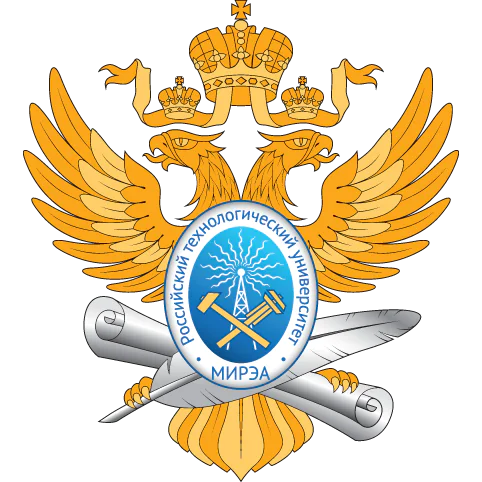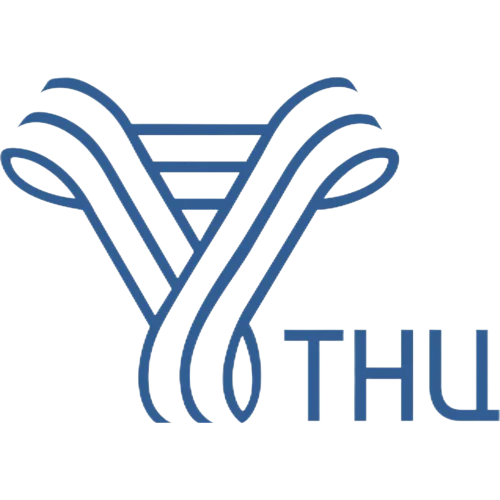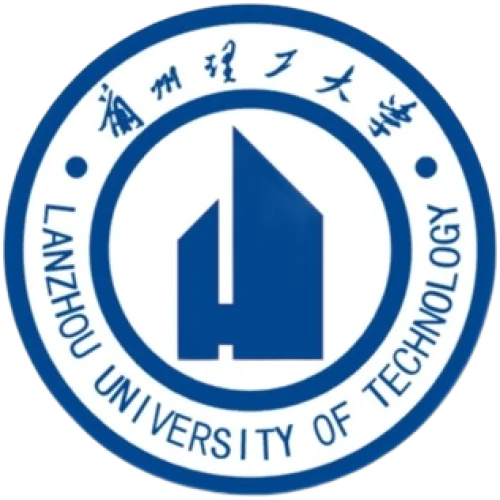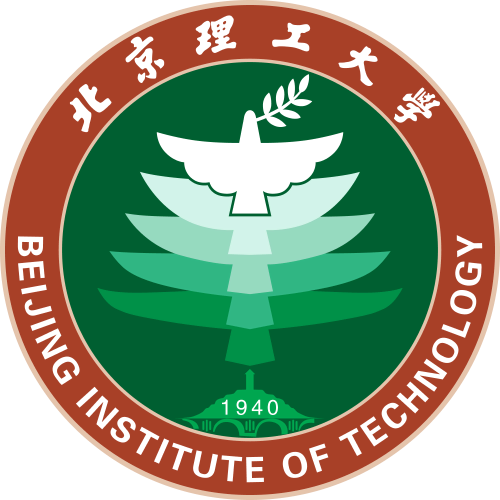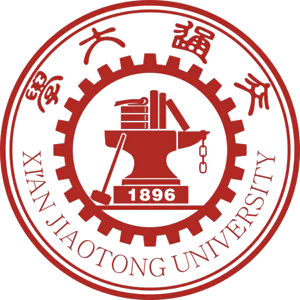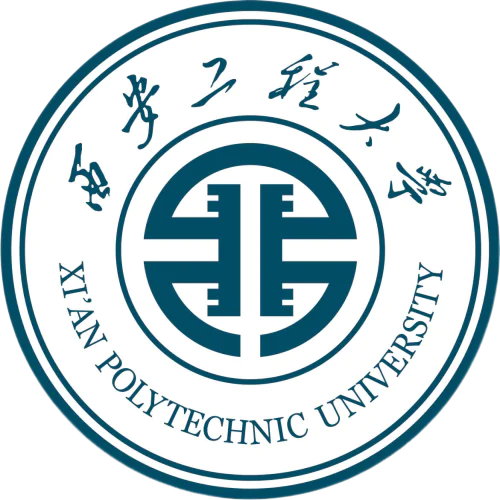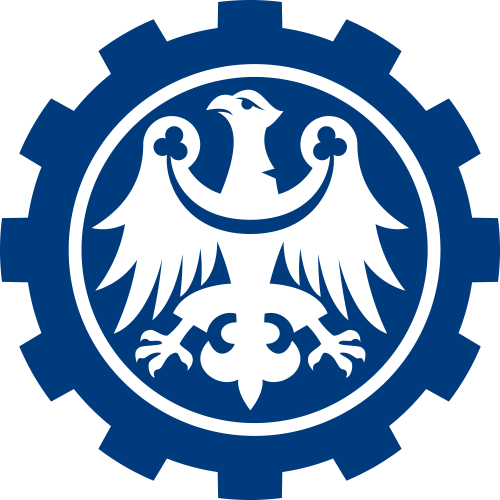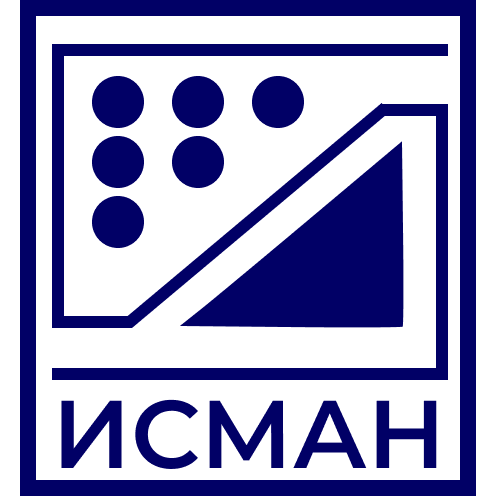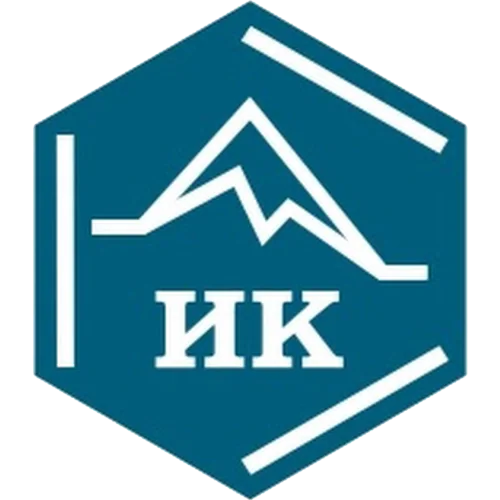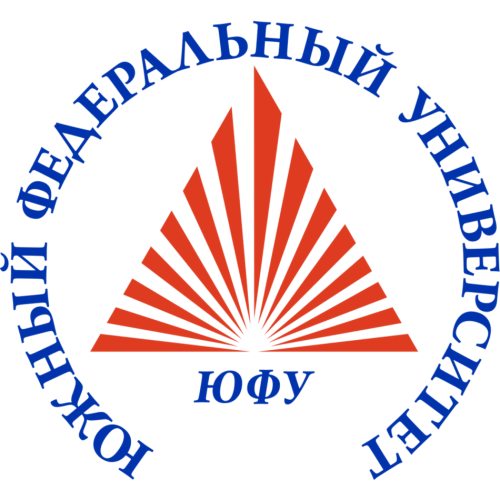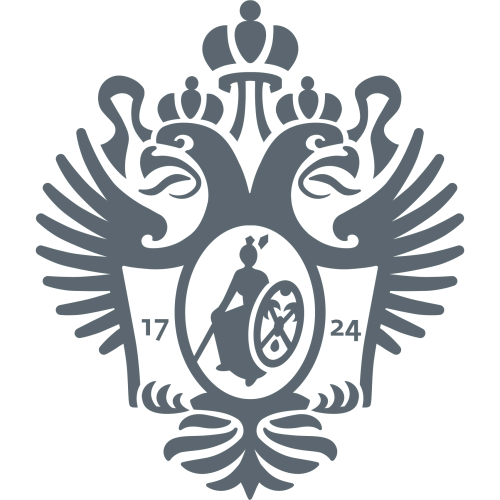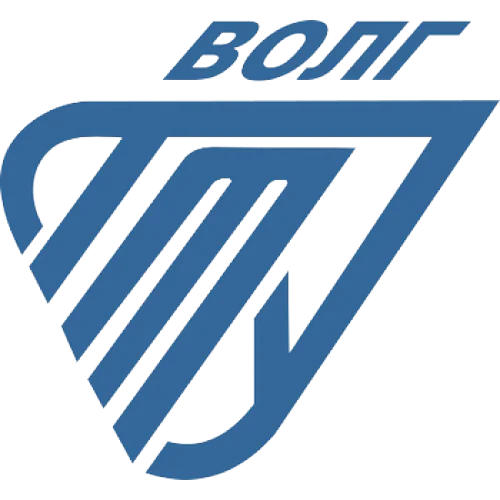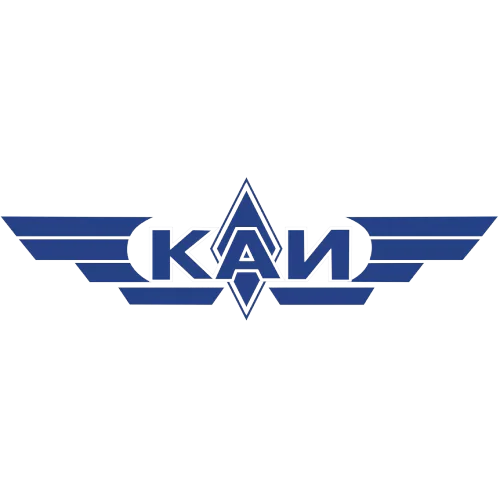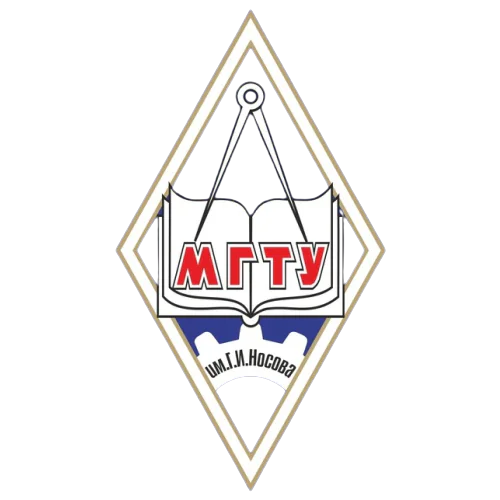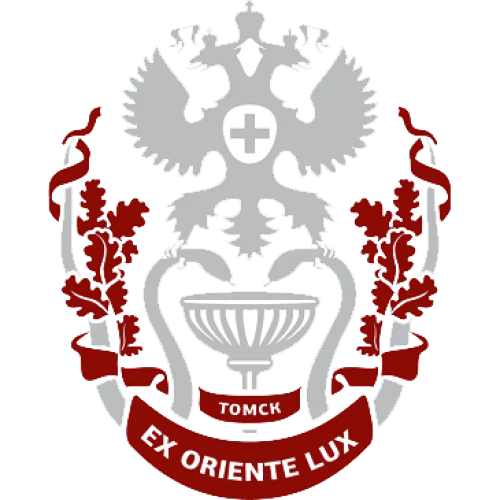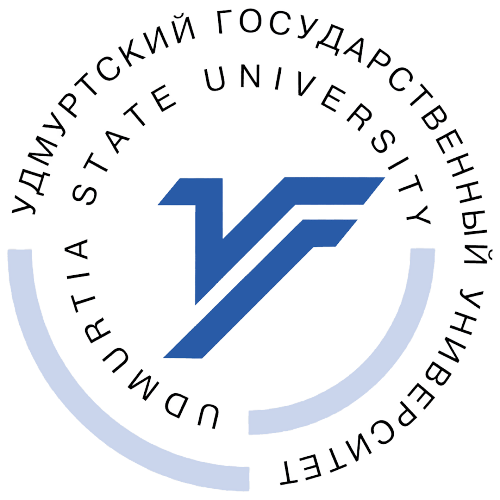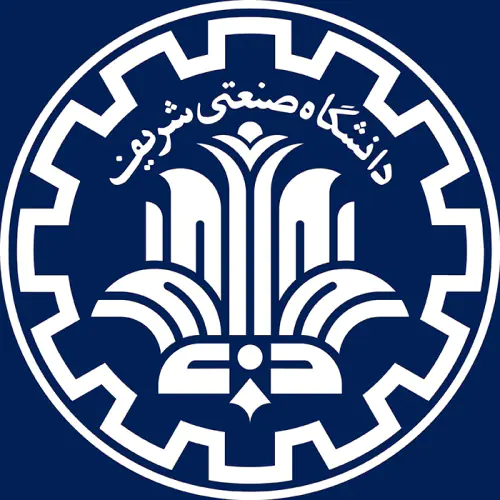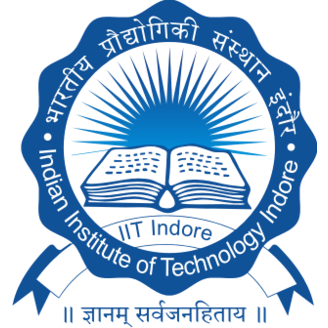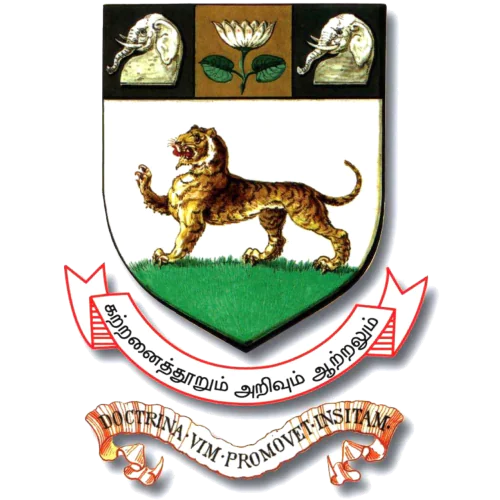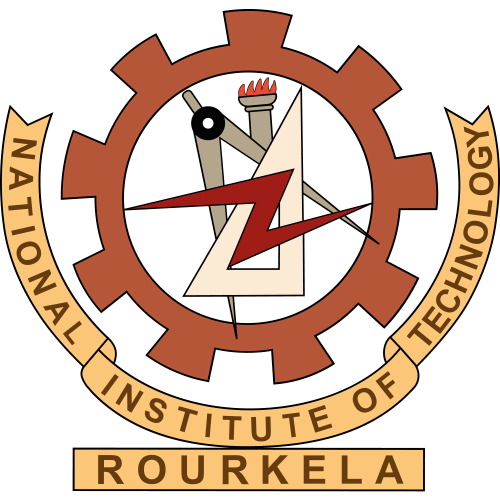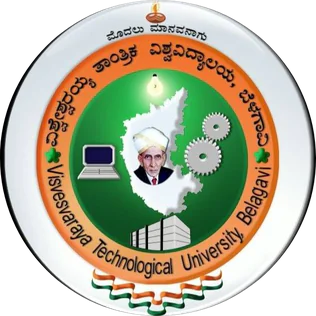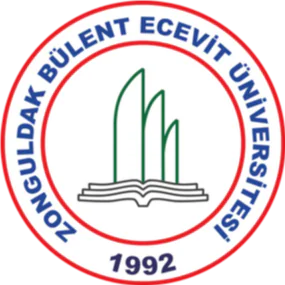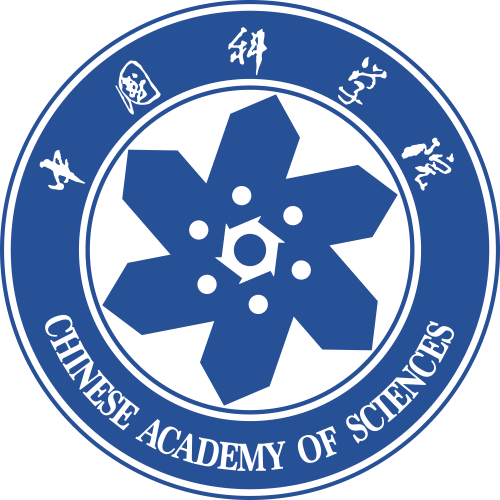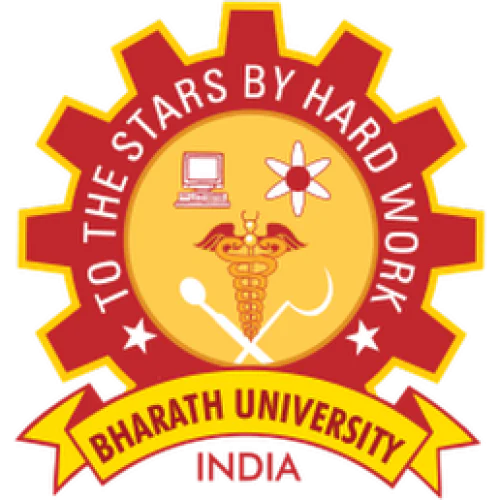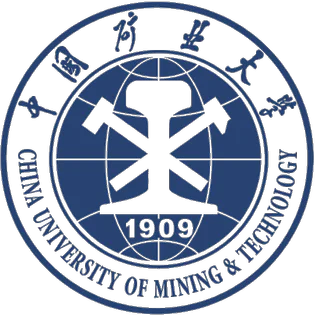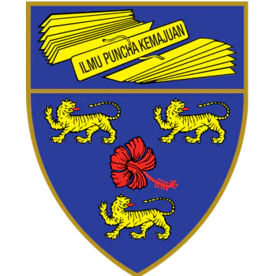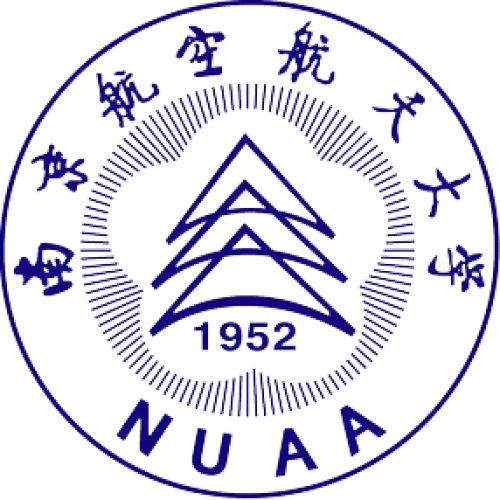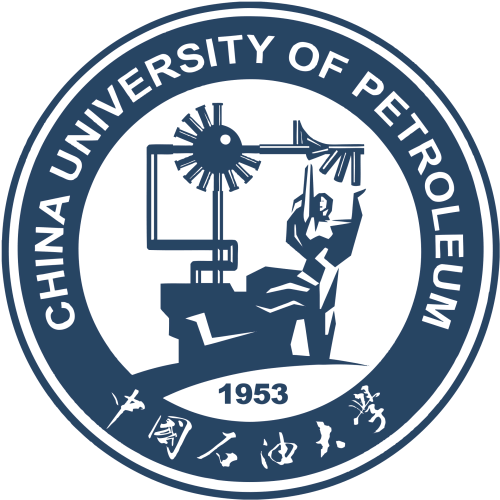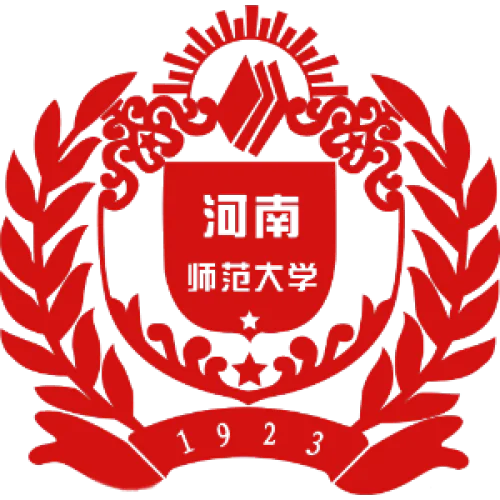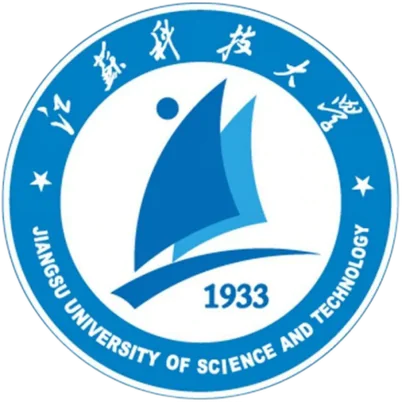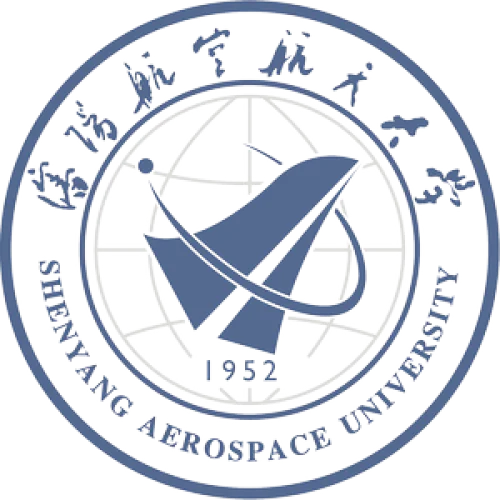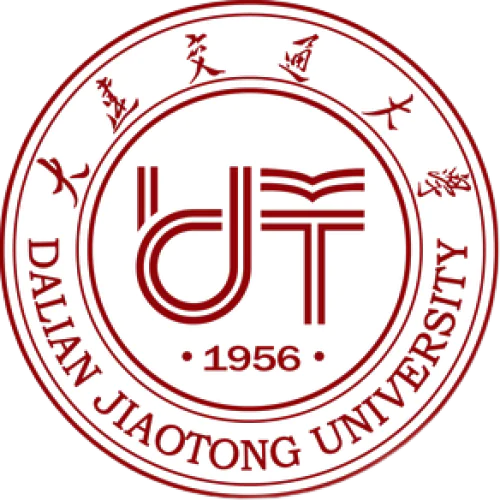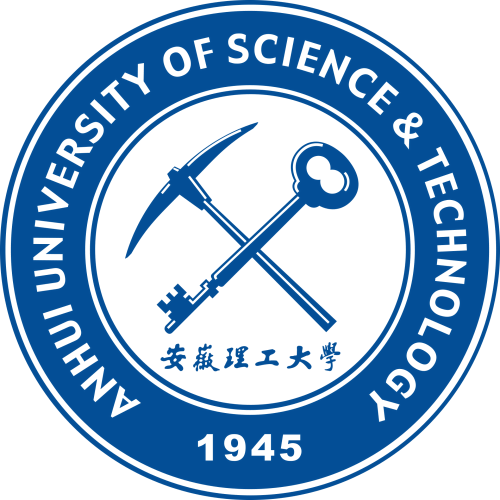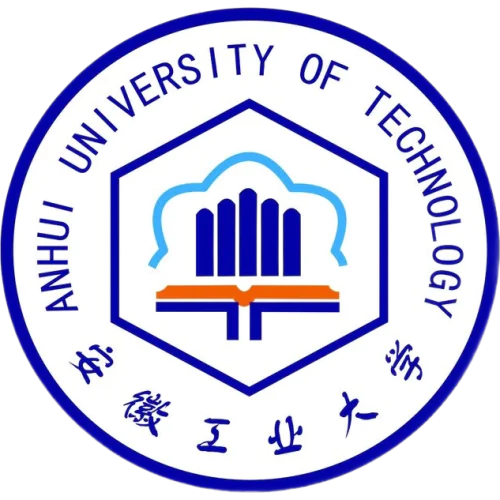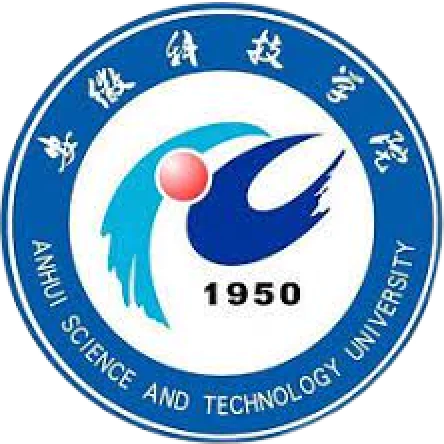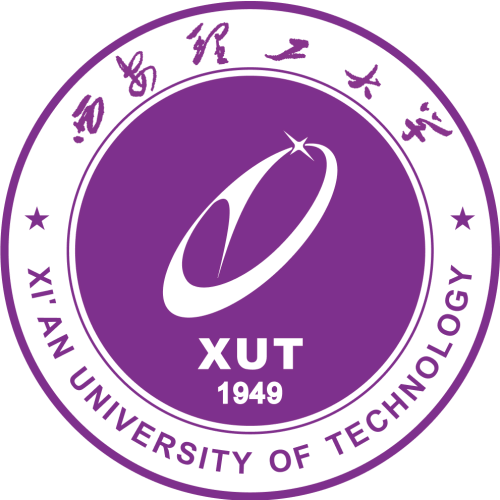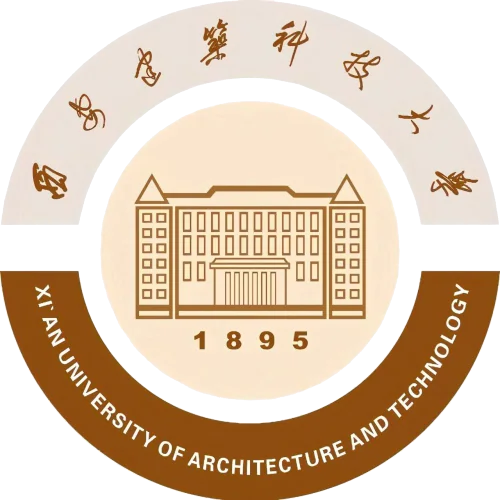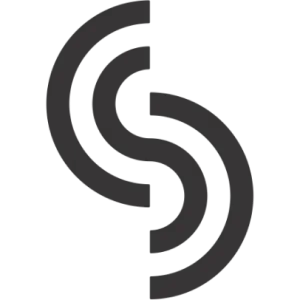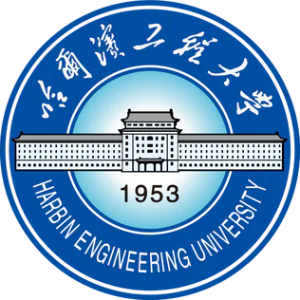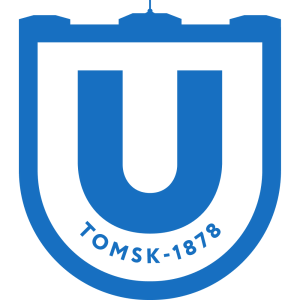Denis Anatolyevich Romanov
DSc in Engineering, associate professor
🥼
🥼
Denis can become your supervisor
If you would like to work under his/her guidance, please write a message or contact him/her on social media.
Authorization required.
🤝
🤝
Denis is looking for opportunities for scientific collaboration
If you would like to do joint research with him/her, write a message or contact him/her on social media.
Authorization required.
Publications
92
Citations
286
h-index
10
Education
Siberian State Industrial University
2014 — 2018,
Doctor, Department of Natural Sciences named after Prof. V.M. Finkel
Siberian State Industrial University
2009 — 2012,
Postgraduate, Department of Natural Sciences named after Prof. V.M. Finkel
Found
Nothing found, try to update filter.
Found
Nothing found, try to update filter.
Found
Nothing found, try to update filter.
Total publications
92
Total citations
286
Citations per publication
3.11
Average publications per year
6.13
Average coauthors
4
Publications years
2011-2025 (15 years)
h-index
10
i10-index
10
m-index
0.67
o-index
17
g-index
13
w-index
2
Metrics description
h-index
A scientist has an h-index if h of his N publications are cited at least h times each, while the remaining (N - h) publications are cited no more than h times each.
i10-index
The number of the author's publications that received at least 10 links each.
m-index
The researcher's m-index is numerically equal to the ratio of his h-index to the number of years that have passed since the first publication.
o-index
The geometric mean of the h-index and the number of citations of the most cited article of the scientist.
g-index
For a given set of articles, sorted in descending order of the number of citations that these articles received, the g-index is the largest number such that the g most cited articles received (in total) at least g2 citations.
w-index
If w articles of a researcher have at least 10w citations each and other publications are less than 10(w+1) citations, then the researcher's w-index is equal to w.
Top-100
Fields of science
|
5
10
15
20
25
|
|
|
Metals and Alloys
|
Metals and Alloys, 25, 27.17%
Metals and Alloys
25 publications, 27.17%
|
|
Surfaces, Coatings and Films
|
Surfaces, Coatings and Films, 22, 23.91%
Surfaces, Coatings and Films
22 publications, 23.91%
|
|
General Materials Science
|
General Materials Science, 15, 16.3%
General Materials Science
15 publications, 16.3%
|
|
General Physics and Astronomy
|
General Physics and Astronomy, 14, 15.22%
General Physics and Astronomy
14 publications, 15.22%
|
|
Condensed Matter Physics
|
Condensed Matter Physics, 11, 11.96%
Condensed Matter Physics
11 publications, 11.96%
|
|
Mechanics of Materials
|
Mechanics of Materials, 10, 10.87%
Mechanics of Materials
10 publications, 10.87%
|
|
Electronic, Optical and Magnetic Materials
|
Electronic, Optical and Magnetic Materials, 7, 7.61%
Electronic, Optical and Magnetic Materials
7 publications, 7.61%
|
|
Biomaterials
|
Biomaterials, 7, 7.61%
Biomaterials
7 publications, 7.61%
|
|
General Engineering
|
General Engineering, 7, 7.61%
General Engineering
7 publications, 7.61%
|
|
General Medicine
|
General Medicine, 6, 6.52%
General Medicine
6 publications, 6.52%
|
|
Polymers and Plastics
|
Polymers and Plastics, 5, 5.43%
Polymers and Plastics
5 publications, 5.43%
|
|
Materials Chemistry
|
Materials Chemistry, 4, 4.35%
Materials Chemistry
4 publications, 4.35%
|
|
Surfaces and Interfaces
|
Surfaces and Interfaces, 4, 4.35%
Surfaces and Interfaces
4 publications, 4.35%
|
|
Mechanical Engineering
|
Mechanical Engineering, 3, 3.26%
Mechanical Engineering
3 publications, 3.26%
|
|
General Chemistry
|
General Chemistry, 2, 2.17%
General Chemistry
2 publications, 2.17%
|
|
Ceramics and Composites
|
Ceramics and Composites, 2, 2.17%
Ceramics and Composites
2 publications, 2.17%
|
|
Materials Science (miscellaneous)
|
Materials Science (miscellaneous), 2, 2.17%
Materials Science (miscellaneous)
2 publications, 2.17%
|
|
Computational Mechanics
|
Computational Mechanics, 2, 2.17%
Computational Mechanics
2 publications, 2.17%
|
|
Fluid Flow and Transfer Processes
|
Fluid Flow and Transfer Processes, 2, 2.17%
Fluid Flow and Transfer Processes
2 publications, 2.17%
|
|
General Earth and Planetary Sciences
|
General Earth and Planetary Sciences, 1, 1.09%
General Earth and Planetary Sciences
1 publication, 1.09%
|
|
5
10
15
20
25
|
Journals
|
2
4
6
8
10
|
|
|
Journal of Surface Investigation
10 publications, 10.87%
|
|
|
Steel in Translation
7 publications, 7.61%
|
|
|
Russian Physics Journal
6 publications, 6.52%
|
|
|
IOP Conference Series: Materials Science and Engineering
6 publications, 6.52%
|
|
|
Izvestiya. Ferrous Metallurgy
6 publications, 6.52%
|
|
|
Russian Metallurgy (Metally)
6 publications, 6.52%
|
|
|
Фундаментальные проблемы современного материаловедения
6 publications, 6.52%
|
|
|
Materials Research Express
5 publications, 5.43%
|
|
|
Inorganic Materials: Applied Research
5 publications, 5.43%
|
|
|
Journal of Physics: Conference Series
4 publications, 4.35%
|
|
|
AIP Conference Proceedings
4 publications, 4.35%
|
|
|
Materials Letters
2 publications, 2.17%
|
|
|
IOP Conference Series: Earth and Environmental Science
2 publications, 2.17%
|
|
|
Doklady Physics
2 publications, 2.17%
|
|
|
Surface and Coatings Technology
2 publications, 2.17%
|
|
|
Uspehi Fiziki Metallov
2 publications, 2.17%
|
|
|
Journal of Materials Research and Technology
2 publications, 2.17%
|
|
|
Metal Science and Heat Treatment
2 publications, 2.17%
|
|
|
Bulletin of the Russian Academy of Sciences: Physics
2 publications, 2.17%
|
|
|
Bulletin of the Siberian State Industrial University
2 publications, 2.17%
|
|
|
Materials Science Forum
1 publication, 1.09%
|
|
|
Russian Journal of Non-Ferrous Metals
1 publication, 1.09%
|
|
|
Physical Mesomechanics
1 publication, 1.09%
|
|
|
Coatings
1 publication, 1.09%
|
|
|
Metallurgist
1 publication, 1.09%
|
|
|
Advanced Materials Research
1 publication, 1.09%
|
|
|
Vestnik of Nosov Magnitogorsk State Technical University
1 publication, 1.09%
|
|
|
Siberian Journal of Physics
1 publication, 1.09%
|
|
|
Металловедение и термическая обработка металлов
1 publication, 1.09%
|
|
|
2
4
6
8
10
|
Citing journals
Publishers
|
5
10
15
20
25
30
35
|
|
|
Pleiades Publishing
34 publications, 36.96%
|
|
|
IOP Publishing
17 publications, 18.48%
|
|
|
Springer Nature
9 publications, 9.78%
|
|
|
Elsevier
6 publications, 6.52%
|
|
|
National University of Science & Technology (MISiS)
6 publications, 6.52%
|
|
|
Altai State Technical University
6 publications, 6.52%
|
|
|
AIP Publishing
4 publications, 4.35%
|
|
|
Trans Tech Publications
2 publications, 2.17%
|
|
|
National Academy of Sciences of Ukraine (Co. LTD Ukrinformnauka) (Publications)
2 publications, 2.17%
|
|
|
Siberian State Industrial University
2 publications, 2.17%
|
|
|
MDPI
1 publication, 1.09%
|
|
|
Folium Publishing Company
1 publication, 1.09%
|
|
|
Nosov Magnitogorsk State Technical University
1 publication, 1.09%
|
|
|
Novosibirsk State University (NSU)
1 publication, 1.09%
|
|
|
5
10
15
20
25
30
35
|
Organizations from articles
|
10
20
30
40
50
60
70
80
|
|
|
Siberian State Industrial University
72 publications, 78.26%
|
|
|
Institute of High Current Electronics of the Siberian Branch of the Russian Academy of Sciences
36 publications, 39.13%
|
|
|
Organization not defined
|
Organization not defined, 18, 19.57%
Organization not defined
18 publications, 19.57%
|
|
National Research Tomsk Polytechnic University
12 publications, 13.04%
|
|
|
Wenzhou University
9 publications, 9.78%
|
|
|
Novosibirsk State Technical University
8 publications, 8.7%
|
|
|
Tomsk State University of Architecture and Building
5 publications, 5.43%
|
|
|
Tomsk State University
4 publications, 4.35%
|
|
|
National University of Science & Technology (MISiS)
3 publications, 3.26%
|
|
|
Samara National Research University
3 publications, 3.26%
|
|
|
Institute of Strength Physics and Materials Science of the Siberian Branch of the Russian Academy of Sciences
2 publications, 2.17%
|
|
|
T. F. Gorbachev Kuzbass State Technical University
2 publications, 2.17%
|
|
|
MIREA — Russian Technological University
1 publication, 1.09%
|
|
|
Omsk State Technical University
1 publication, 1.09%
|
|
|
All-Russian Scientific Research Institute of Aviation Materials of NRC «Kurchatov Institute»
1 publication, 1.09%
|
|
|
Bardin Central Research Institute for Ferrous Metallurgy
1 publication, 1.09%
|
|
|
10
20
30
40
50
60
70
80
|
Countries from articles
|
10
20
30
40
50
60
70
80
|
|
|
Russia
|
Russia, 76, 82.61%
Russia
76 publications, 82.61%
|
|
Country not defined
|
Country not defined, 18, 19.57%
Country not defined
18 publications, 19.57%
|
|
China
|
China, 9, 9.78%
China
9 publications, 9.78%
|
|
10
20
30
40
50
60
70
80
|
Citing organizations
Citing countries
|
20
40
60
80
100
120
|
|
|
Russia
|
Russia, 112, 39.16%
Russia
112 citations, 39.16%
|
|
China
|
China, 43, 15.03%
China
43 citations, 15.03%
|
|
Country not defined
|
Country not defined, 18, 6.29%
Country not defined
18 citations, 6.29%
|
|
India
|
India, 8, 2.8%
India
8 citations, 2.8%
|
|
Bulgaria
|
Bulgaria, 5, 1.75%
Bulgaria
5 citations, 1.75%
|
|
Poland
|
Poland, 5, 1.75%
Poland
5 citations, 1.75%
|
|
USA
|
USA, 3, 1.05%
USA
3 citations, 1.05%
|
|
Saudi Arabia
|
Saudi Arabia, 3, 1.05%
Saudi Arabia
3 citations, 1.05%
|
|
Ukraine
|
Ukraine, 2, 0.7%
Ukraine
2 citations, 0.7%
|
|
Malaysia
|
Malaysia, 2, 0.7%
Malaysia
2 citations, 0.7%
|
|
Mexico
|
Mexico, 2, 0.7%
Mexico
2 citations, 0.7%
|
|
UAE
|
UAE, 2, 0.7%
UAE
2 citations, 0.7%
|
|
Turkey
|
Turkey, 2, 0.7%
Turkey
2 citations, 0.7%
|
|
Germany
|
Germany, 1, 0.35%
Germany
1 citation, 0.35%
|
|
Belarus
|
Belarus, 1, 0.35%
Belarus
1 citation, 0.35%
|
|
Brazil
|
Brazil, 1, 0.35%
Brazil
1 citation, 0.35%
|
|
United Kingdom
|
United Kingdom, 1, 0.35%
United Kingdom
1 citation, 0.35%
|
|
Vietnam
|
Vietnam, 1, 0.35%
Vietnam
1 citation, 0.35%
|
|
Egypt
|
Egypt, 1, 0.35%
Egypt
1 citation, 0.35%
|
|
Iraq
|
Iraq, 1, 0.35%
Iraq
1 citation, 0.35%
|
|
Iran
|
Iran, 1, 0.35%
Iran
1 citation, 0.35%
|
|
Ireland
|
Ireland, 1, 0.35%
Ireland
1 citation, 0.35%
|
|
Spain
|
Spain, 1, 0.35%
Spain
1 citation, 0.35%
|
|
Kenya
|
Kenya, 1, 0.35%
Kenya
1 citation, 0.35%
|
|
Norway
|
Norway, 1, 0.35%
Norway
1 citation, 0.35%
|
|
Romania
|
Romania, 1, 0.35%
Romania
1 citation, 0.35%
|
|
Singapore
|
Singapore, 1, 0.35%
Singapore
1 citation, 0.35%
|
|
Czech Republic
|
Czech Republic, 1, 0.35%
Czech Republic
1 citation, 0.35%
|
|
Japan
|
Japan, 1, 0.35%
Japan
1 citation, 0.35%
|
|
20
40
60
80
100
120
|
- We do not take into account publications without a DOI.
- Statistics recalculated daily.
This section displays the profiles of scientists registered on the platform. To display the full list, invite your colleagues to register.




















